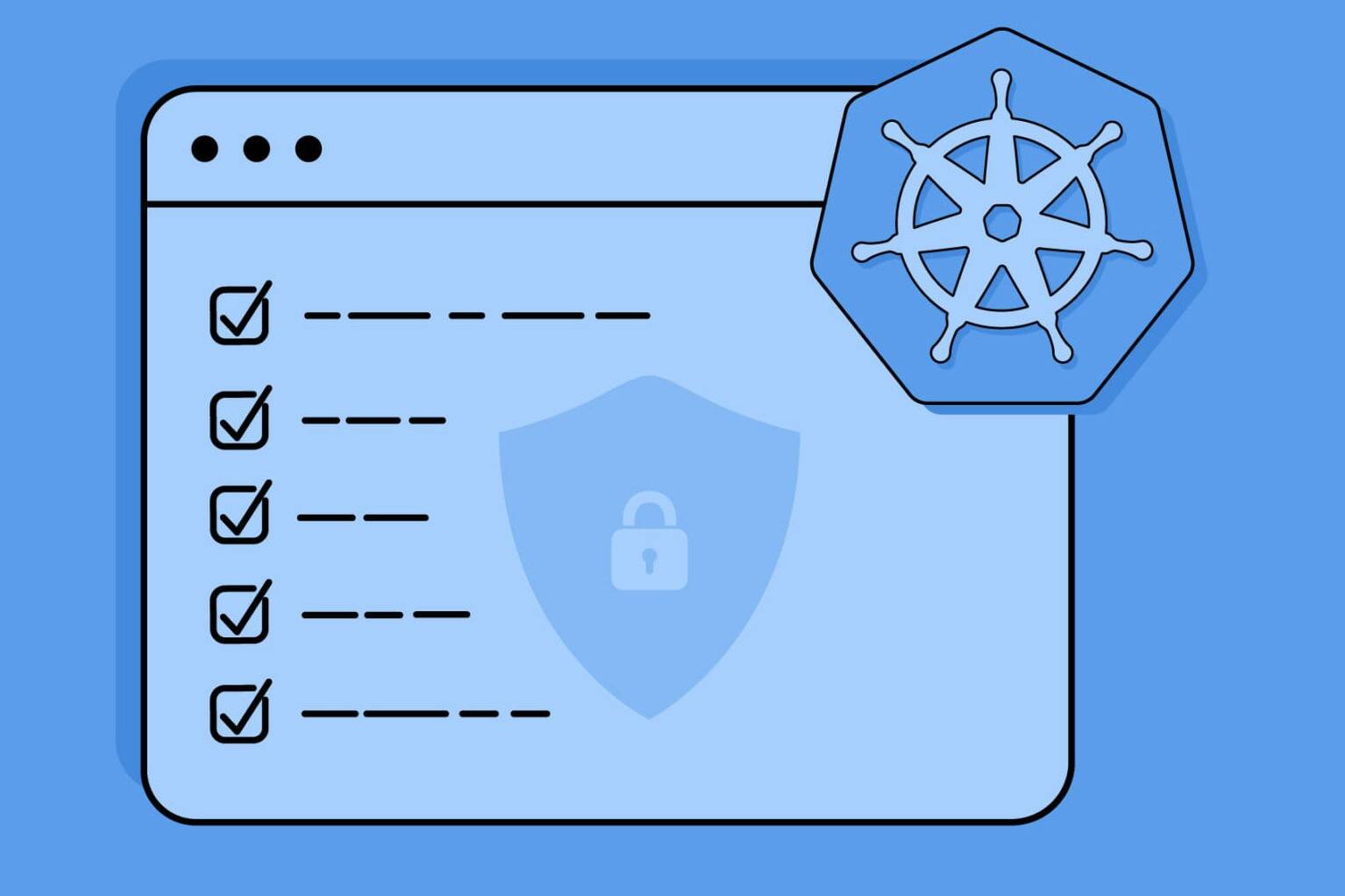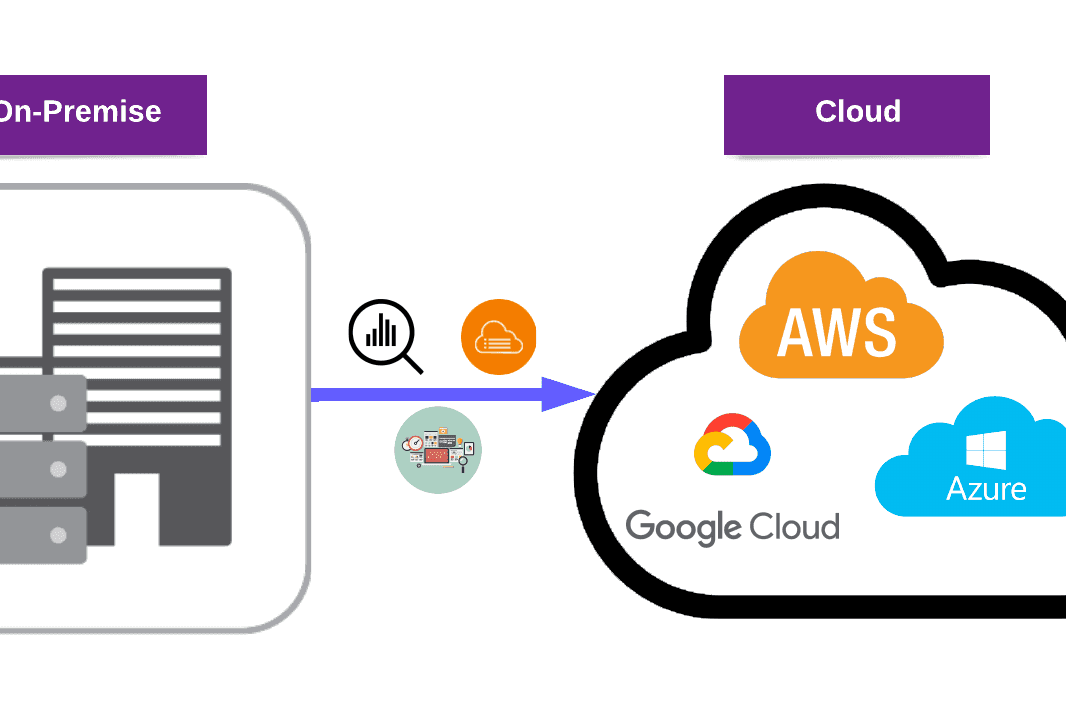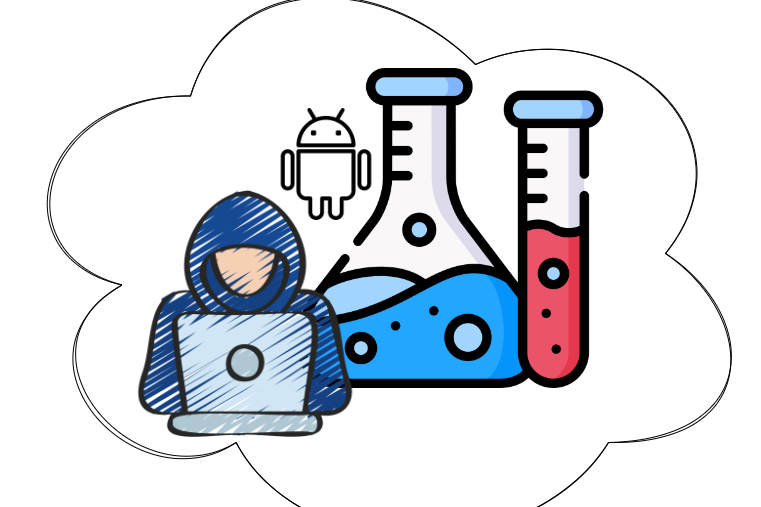As cyber attacks become more sophisticated, ransomware attacks have become a greater threat to businesses and organizations. In this blog post, we discuss what ransomware attacks are, how they can affect you and your company, and what you can do to protect yourself against them.
We also highlight some recent examples of ransomware attacks and share some best practices to help you stay secure.
Ransomware attacks
The following links are only a small number of examples of advisories and news of victims we have seen just in October.
There are many variations of passages of Lorem Ipsum available, but the majority have suffered alteration in some form, by injected humor, or randomized words that don’t look even slightly believable. If you are going to use a passage from Lorem Ipsum, you need to be sure there isn’t anything embarrassing hidden in the middle of the text. All the Lorem Ipsum generators on the Internet tend to repeat predefined chunks as necessary, making this the first true generator on the Internet.
- October 2, 2019 – FBI warns: “HIGH-IMPACT RANSOMWARE ATTACKS THREATEN U.S. BUSINESSES AND ORGANIZATIONS“
- October 2, 2019 – BBC Reports: “US hospitals turn away patients as ransomware strikes“
- October 3, 2019 – InfoSec Magazine reports: “Nearly 70 US Government Organizations Hit by Ransomware Since January“
We can keep going but you got the idea: the threat is real. Companies are experiencing real financial impact in the form of ransom payments, fraudulent invoice payments, or wire transfers. On top of the productivity loss, reputation damage, and business interruption.
Cyber attacks are becoming more sophisticated, targeted, and persistent. Although it is important, cyber awareness training is not sufficient to counter this threat. Users need to click on links or open attachments to do their jobs. Some of these attacks are using compromised business partners and cloud services (such as Google Docs or OneDrive) making it even more challenging to distinguish a legitimate email from a malicious one. We cannot put all the responsibility on end-users.
The good news is, we have other tools in our cybersecurity toolkit. Some of the well-known best practices to protect our users against these sophisticated attacks include:
- Perform regular backups
- Patch operating systems and applications regularly
- Implement a strong password policy and Multi-Factor Authentication (MFA)
- Implement security configuration best practices for public cloud platforms and any system that is exposed to the public Internet.
- Implement a strong Anti-Virus, Anti-Malware, and End-Point Security Solution
Also see: What is Endpoint Security?
Conclusion
Ransomware attacks pose a significant and growing threat to businesses and organizations, and the consequences of falling victim to such an attack can be severe. However, there are steps that can be taken to protect against these attacks, including regular backups, implementing strong security policies and solutions, and staying vigilant against the latest threats.
By staying informed and putting these best practices into action, we can minimize the risk of becoming a victim of ransomware and ensure the safety of our critical data and systems.
At PurpleBox, we offer a range of cybersecurity services, including Vulnerability Management, to help organizations stay secure and protected against the latest threats. Contact us today to learn more and take the first step toward a safer, more secure future.


